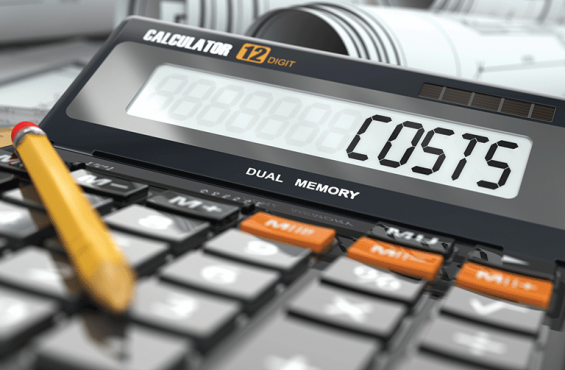Many ETF costs are going down. ETF providers, like Vanguard, iShares, and SPDR, have been competing to offer investors the lowest cost ETFs. And many brokers now allow investors to trade ETFs commission-free.
Lower expenses and fewer trading commissions are good news for investors, but they aren’t the only costs you’ll face when you invest in ETFs. Investors incur another often-overlooked cost to trading ETFs: the spread.
Less obvious cost of trading ETFs
ETFs trade intraday, like stocks, but some ETFs do not have sufficient trading volume, which makes it difficult to get a competitive price.
The reason this matters is that a thinly traded ETF often has wide spreads between the bid price (the price someone is willing to buy the ETF) and the ask price (the price someone is willing to sell it). The spread is a cost incurred by you as an investor.
For example, JPMorgan US Dividend ETF (JDIV) is an ETF that invests in high-dividend paying stocks like other highly ranked dividend ETFs, so you might reason that JDIV is just as good as SPDR S&P Dividend (SDY).
If you look at the trading patterns of these two ETFs, you’ll see some important differences:
- SDY has high trading volume with more than 800,000 shares changing hands daily. Its average spread was just 0.02%, according to ETF.com.
- JDIV, on the other hand, has a much spottier trading history with an average volume of only around 2,000 shares and some days, zero shares were traded. JDIV’s average bid-ask spread over the past 60 days was 0.23%, according to ETF.com.
- To put the difference in spreads in dollar terms, if you invested $10,000 in JDIV, you’d lose $23 on the spread. And remember that the spread only shows the best bid offer, which may be for a small number of shares. If you are making a large trade, you may pay more than the spread on a market order.
When it comes to trading ETFs, you should consider whether you’ll get a fair price for your shares. The price you get often matters just as much as a commission, if not more.
The fact is, anything worth having rarely comes for free, so focus on your long-term and overall total costs versus the immediate gratification of no upfront transaction fees.
In the portfolios we manage, we consider an ETF’s trading history, its bid-ask spreads, as well as the implied liquidity of the ETF’s underlying holdings. We also talk with our firm’s traders about their experiences with certain ETFs. Once we’ve established that, we make sure than an ETF is appropriate for our clients’ risk level, and we buy the ETFs with strong recent returns.
This post by FundX CEO Janet Brown originally appeared on Forbes.
